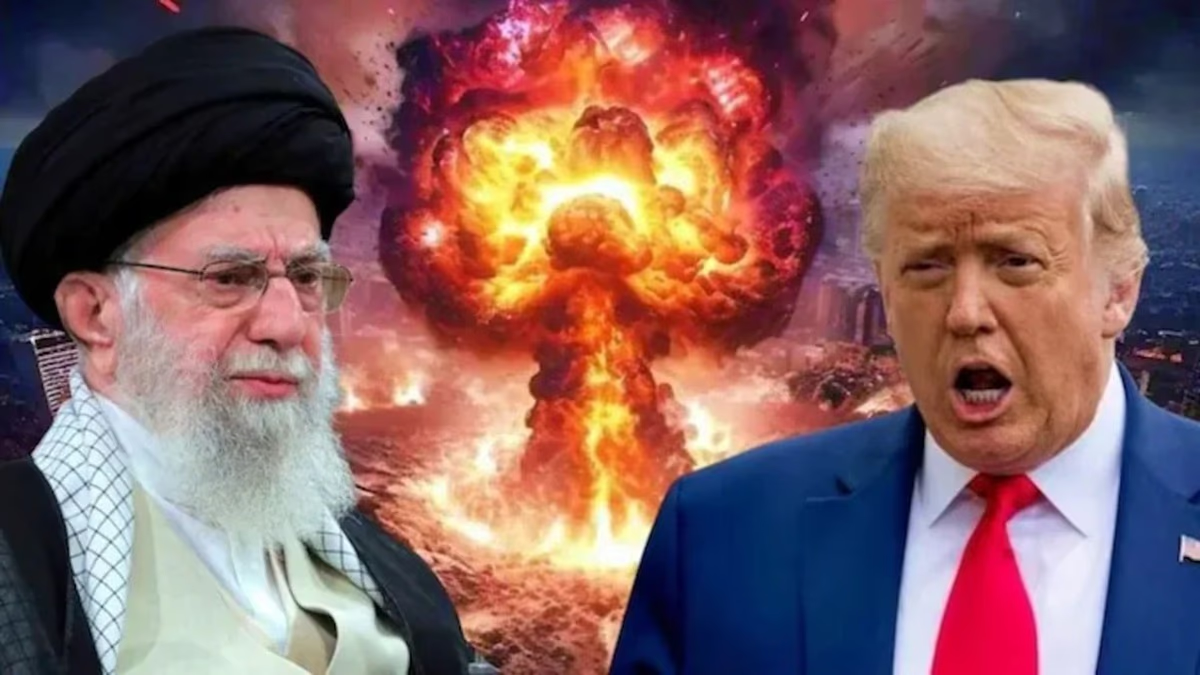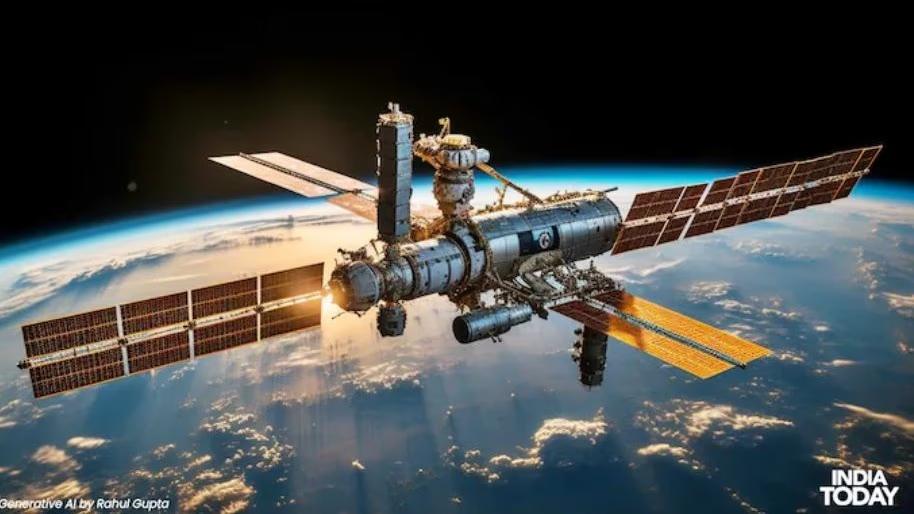Official Chinese media criticized American bombings on Iran's nuclear sites on Sunday, while experts suggested the bunker-buster bombs might be inadequate to demolish Iran's subterranean nuclear plants. On Sunday morning, the U.S. dropped bombs on nuclear facilities in Fordow, Isfahan, and Natanz. U.S. President Donald Trump declared that the military had conducted a highly successful assault on these three nuclear centers.
Stealth B-2 bombers were integral to the U.S. attacks on Iran's nuclear sites. On Saturday, China called for a ceasefire between Iran and Israel to prevent war yet has not officially commented on the American airstrikes. An editorial in China's official newspaper, China Daily, claimed that targeting Iran's nuclear facilities constituted a careless act and a hefty breach of international law, set to intensify the conflict. It stated such unilateral actions undermine the rules-based international order and worsen the situation.
Read More: 'Several Countries Poised to Arm Iran with Nuclear Weapons,' Russian Leader's Sensational Claim Declares U.S. Strikes Unsuccessful
How Much Damage Did U.S. Strikes Inflict on Iran's Nuclear Sites?
Some Chinese experts remarked on the uncertain effectiveness of the U.S. military operations, suggesting the strikes might not have been enough to fully obliterate Iran's underground nuclear facilities. Li Jixin, an assistant research fellow at the China Institute of International Studies, told Global Times it is immensely challenging to demolish Fordow's nuclear plant, located about 100 meters underground, with one or two strikes, even using bunker-buster bombs. Military analyst Zhang Junzheng shared a similar opinion.
Read More: Iran-Israel Conflict: Missile Attack with 1000 Kg Warhead in Haifa, Panic Due to Siren Failure
Zhang Junzheng emphasized that the initial wave of U.S. attacks likely wasn't sufficient to destroy Iran's underground nuclear facilities. The Fordow site, for example, is 90 meters deep in solid rock, offering strong resistance. Israel sees it as a primary target but lacks the means for effective assaults. Zhang remarked that the U.S. employed B-2 bombers armed with 30,000-pound GBU-57 bunker busters on Iranian nuclear facilities, capable of penetrating only 65 meters. He suggested using two consecutive GBU-57 bunker busters could damage plants like Fordow, although this strategy remains publicly untested, leaving the success of U.S. initial strikes uncertain.
Read More: How High is the Risk of Radiation Leakage Following Strikes on Iran’s Nuclear Site? An Expert Explains.
An Iranian Official Claims No Major Setback Suffered in the Attacks
Referencing an Iranian official's interview with the BBC claiming 'Iran suffered no major setback since materials had already been extracted,' Zhang Junzheng added, 'This further clarifies the difficulty American forces face in completely destroying Iran's nuclear materials.' He noted that whether or not the first strike fully demolished Fordow, it was evident the aerial bombings significantly damaged Iran's nuclear infrastructure. B-2 bombers with bunker-buster bombs far exceed the power of bombs and missiles carried by Israeli F-15, F-16, and F-35 fighter jets.
Read More: After U.S. Strikes, Iran's Foreign Minister Reacts, Accuses the U.S. of Crossing the Red Line, Plans to Meet Putin
Zhang concluded, 'Therefore, the damage inflicted by the U.S. is unquestionably greater than any inflicted by Israel. In this context, it remains uncertain if Iran can secure its nuclear facilities.' According to Li Jixin, this indicates that America's strike against Iran might not be a singular occurrence. He mentioned, 'In the days ahead, the U.S. may widen its attacks on Iran’s key sites,' while also noting neither side desires the situation to spiral out of control. Thus, U.S. attacks will likely remain constrained in scope, focusing primarily on specific nuclear sites rather than launching extensive assaults on other Iranian infrastructure.




